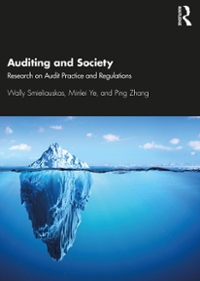. 1. Kilgore, McCorvey & Mason, Inc. has a business decision to make. They are evaluating ROMOC costs to determine whether these costs could be relevant to the decision. Which of the following would never be relevant to a quantitative business decision? that can be eliminated with a specified course of action? a. avoidable costs. b. differential costs. c. opportunity costs. d. sunk costs. 2. Which of the following statements is true? td a. Fixed costs are sometimes relevant for decision making. b. Opportunity costs are never relevant to decision making. c. Information must be exactly accurate to be relevant to decision making. d. A cost that is relevant in one decision context would always be relevant in other decision contexts 3. Select the correct statement regarding relevant costs and/or revenues. must be future-oriented and must differ between the a. To be relevant, a cost or revenue alternatives. b. Sunk costs are usually relevant for decision-making purposes. c. Differential revenues are expected future revenues that do not vary between the alternatives under d. Avoidable costs are also known as sunk costs. 4. Zeigler is deciding whether to remain in the mansion he has lived in for the past few years, which is located very near his work, or moving to a new mansion in the suburbs and doubling his commute time. The old mansion was purchased for $700,000 and has a market value of S$1,000,000. The new mansion can be purchased for about $1,300,000. Which of the following should not be relevant to his decision? a. driving distance to work. b. estimated cost of the new mansion. c. current market value of the old mansion. d. initial cost of the old mansion. 5. Alafa bought a $3 million raffle ticket for $10. Just prior to the prize drawing, her fellow group Unfortunately, all the tickets had been sold. members were feeling lucky and wanted to buy a ticket too. One member, Ludwig, offered $50 for her ticket. Another member, Martin later offered her $100. A fourth member, Crookston (who had just won a contest and had some extra cash), then offered her a hefty $160 just prior to the drawing! Alafa held her ground and refused! What is the opportunity cost to the owner of keeping this ticket (i.e. not selling to her group members)? a. $10 b.$ 100 c. $160 d. $310 e.$320 f. There is no opportunity cost here. The budgeting technique that provides for employee input into the planning process is known as: a. participative budgeting. b. perpetual budgeting. c. continuous budgeting. d. zero-based budgeting Budgeted "Depreciation Expense" would never appear on: a. the Cash Budget b. the Budgeted Income Statement. , the Selling and Administrative (S&A) Expense Budget. d. any of the above budgets







